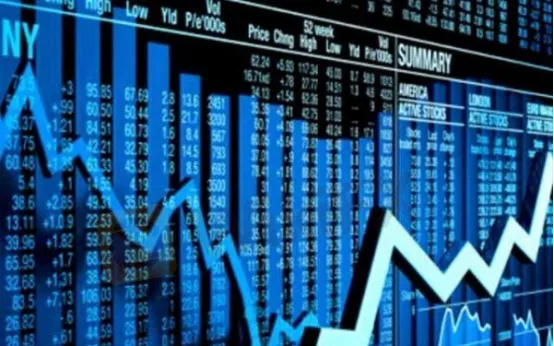简体中文
繁體中文
English
Pусский
日本語
ภาษาไทย
Tiếng Việt
Bahasa Indonesia
Español
हिन्दी
Filippiiniläinen
Français
Deutsch
Português
Türkçe
한국어
العربية
The rand of South Africa is weakening versus the dollar, but equities are rising.
Abstract:In early trade on Wednesday, the rand fell versus a higher dollar, as investors continued to assess the impact of an increase in Omicron coronavirus infections on the global economy.

In early trade on Wednesday, the rand fell versus a higher dollar, as investors continued to assess the impact of an increase in Omicron coronavirus infections on the global economy.
The rand was trading at 15.8800 against the dollar at 1017 GMT, down 0.13 percent from its previous close.
The dollar index stopped two days of losses and crept up to 96.551, but it was still well within its recent ranges, thanks to slight drops in the pound - a beneficiary of Tuesday's surge - and the euro. [USD/]
However, with trade volumes down ahead of the Christmas season, foreign exchange changes were essentially minor.
In a note, Craig Erlam, senior market analyst for UK and EMEA at OANDA, stated, “These are illiquid markets and Omicron remains to be a massive cloud of uncertainty over them.”
Investors heading into the holidays have been attempting to minimize risk since the breakout of the Omicron variety in late November, with knee-jerk reactions the rule of the day every time the virus evolves.
At 1027 GMT, the Johannesburg All-Share index was up 0.48 percent, while the Top-40 index was up 0.47 percent, continuing Tuesday's surge as risk appetite strengthened.
The yield on the benchmark 2030 government bond rose 5 basis points to 9.375 percent in fixed income.

Disclaimer:
The views in this article only represent the author's personal views, and do not constitute investment advice on this platform. This platform does not guarantee the accuracy, completeness and timeliness of the information in the article, and will not be liable for any loss caused by the use of or reliance on the information in the article.
Read more

WikiEXPO Dubai on-site videos are here!
Let’s experience the excitement through the video!

WikiEXPO Dubai on-site videos are here!
WikiEXPO Dubai on-site videos are here!

WikiEXPO Dubai 2024
Come and experience it with us!

The WikiEXPO2024 Dubai After Party came to a successful end
Last night in Dubai, there was a financial party with big shots gathering and stars shining brightly.
WikiFX Broker
Latest News
AIMS Broker Review
The Hidden Checklist: Five Unconventional Steps to Vet Your Broker
YAMARKETS' Jingle Bells Christmas Offer!
Why is there so much exposure against PrimeX Capital?
Russia to Fully Ban Crypto Mining in 10 Regions Starting January 1, 2025
Two Californians Indicted for $22 Million Crypto and NFT Fraud
WikiFX Review: Is Ultima Markets Legit?
Colorado Duo Accused of $8M Investment Fraud Scheme
MTrading’s 2025 "Welcome Bonus" is Here
Malaysia Pioneers Zakat Payments with Cryptocurrencies
Currency Calculator


